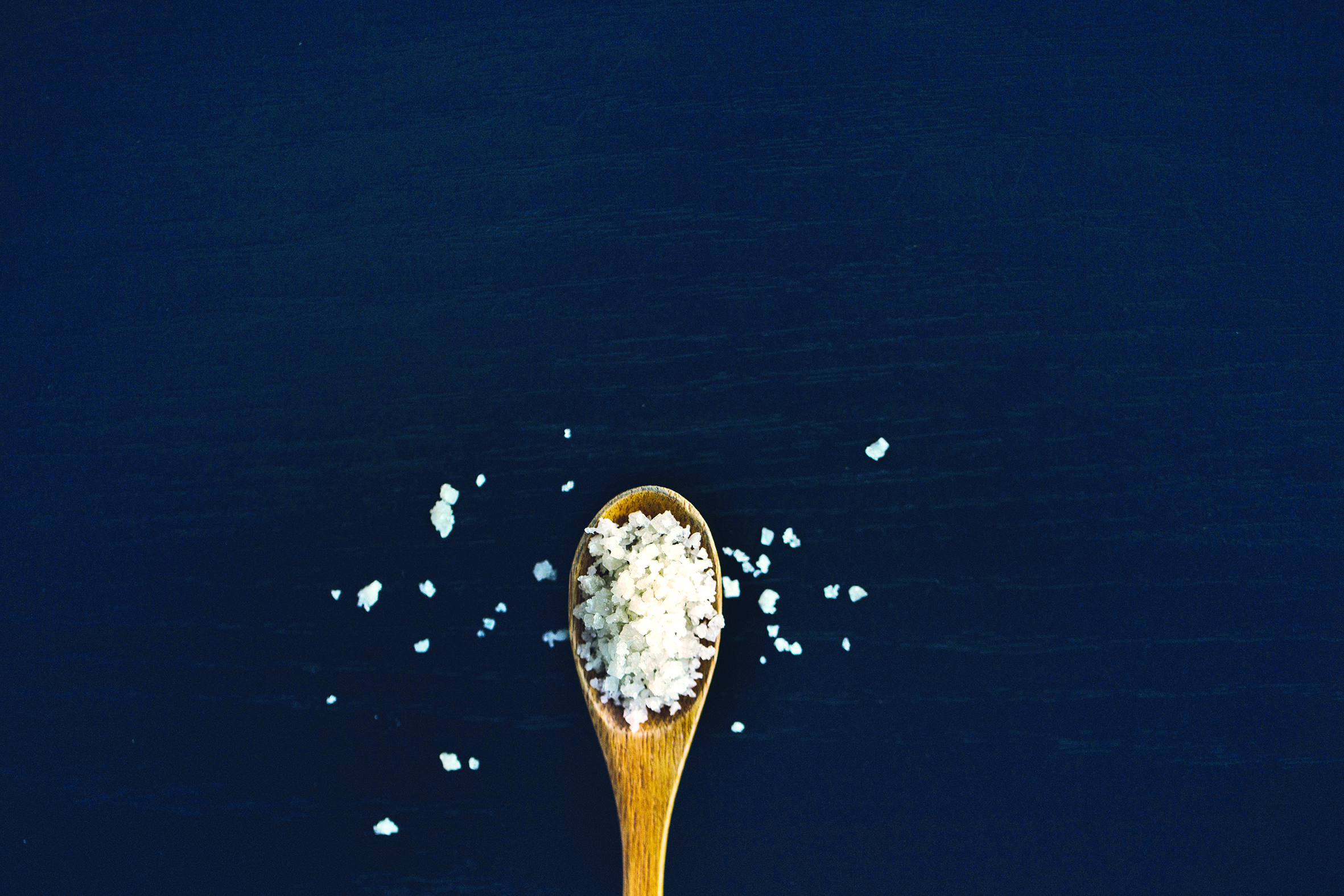Not a Pinch of Salt
Much is said about sugar, but hardly anything about salt. India faces a silent killer and the salt epidemic must be quickly reversed

It will be an understatement to say that Indians are becoming health conscious. The health trend is a much-needed reset for a nation that thrives on fried breads for breakfast, relishes its spicy curries, and considers desserts as a part of its staple. Even when diets and food charts are considered, papads, pickles, and salads that often contain high salt, don’t raise an alarm. Over generations, our daily eating habits have moved farther away from light and nutritious to heavy and oily. Therefore, a growing consciousness of what we put into our bodies, is indeed a welcome change.
While we have long deliberated the increasing number of Indians afflicted with diabetes, this week drew attention to another silent killer — salt. Indians consume double the amount of the salt recommended by the World Health Organisation (WHO). An average Indian gobbles up between 8 gm to 11 gms of salt every day compared to the acceptable level of less than 5 gms. This quantum of sodium intake comes as no surprise. From our paranthas to our dals and sabzis, from chaats and snacks to packaged foods that flood retail shelves — we love our salt! And while the health food market has gone big on zero sugar, ‘low or no salt’ has yet to catch up.
The salt epidemic claims 1.75 lakh lives every year caused by hypertension or high blood pressure related complications. High blood pressure affects almost 220 million Indians. Reports suggest that over 7 crore adolescents in India already have high blood pressure as they have been grown up on high-sodium diets. That’s almost a generation of soon-to-be adults who are 7x at risk of getting cardiovascular diseases. Another modelling study by the WHO has said that almost 3 lakh deaths, caused by cardiovascular and chronic kidney disease (CKD), can be prevented within a decade if salt recommendations are met. The study, published in The Lancet, also noted that we could impede 17 lakh deaths over ten years and have USD 800 million in savings.
The alternatives for sugar have caught on fast — artificial sweeteners, stevia, natural ingredients such as jaggery and monk fruit offer healthier options. Salt alternatives are limited and evoke mixed opinions. While iodised low salt is yet to gain popularity, doctors say that items such as pink salt, sea salt, and rock salt are not too different from regular salt in terms of the quantity of the sodium.
India has pledged to reduce salt consumption by 30 percent by 2030, extending its earlier target of 2025. So, how would a salt-loving nation fight this craving? Ask me, I know. For years, I have been hooked on salty snacks. Sweets bear no hold on me, but give me a pack of crisps, and I’ll contentedly munch away. Salt, like sugar, is addictive — the more you give, the more we crave it if not supplied at the right time. The body gets used to it and demands a dose. And off we go looking to replenish our salty stash. The only way to break the pattern is to go cold turkey. First, stop all salty snacks — this will be unbearable for the first few days. Eating out is another driver of additional salt. Remove salt from the table and fight the urge to add additional salt to food. But with 80 per cent, home-cooked food has emerged as the biggest contributor of the salt intake. Reducing the amount of salt used in cooking is now no longer an option. Households must employ immediate measures to reduce salt — rationing the salt before usage can help control the amount used. For a few days, the food with less salt will feel insipid and all joy would seem to have vanished from your life. But trust me, it’s a fleeting emotion. Soon your tastebuds will revive once it forgets the excessive onslaught of sodium. You will start noticing and enjoying the most delicate flavours (reducing red chilli powder also helps).
Government policies, such as a national salt reduction policy, would also have to chip in. In 2018, the Food Safety and Standards Authority of India (FSSAI) launched the ‘Eat Right India’s campaign. General awareness, through programmes such as these, must stress on the harmful effects of high salt consumption and must increase their footprint in order to educate the masses. Policies governing the food industry must also make it mandatory to highlight products that have hidden salt such as condiments, biscuits, breads, and so on. As consumers, we rarely check the labelling for ingredients. But if we are to be truly aware and concerned about health, then checking product components should become second nature. The UK, Argentina, South Africa have successfully reduced salt consumption, and India too can follow suit if we don’t take this grave situation with a pinch of salt.
The writer is an author and media entrepreneur. Views expressed are personal



